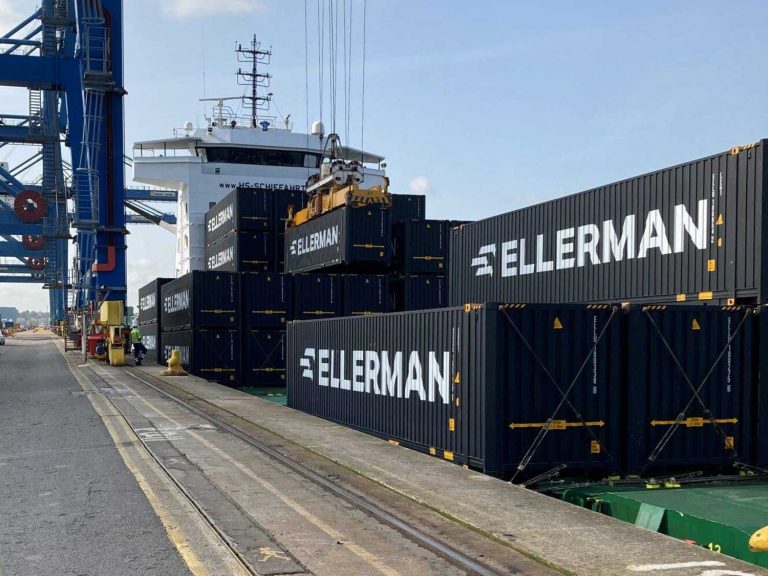
Date:
Baltimore supply chain contingencies
In Baltimore work to remove the 9,662 TEU vessel Dali and damaged bridge has begun, with seven floating cranes and 30 vessels on scene, but with 4,000 tons of steel pinning the ship to the riverbed port officials suggest vessel diversions could last three months.
The bridge collapse will mean that for the time being it will not be possible for vessels to depart or berth at container terminals in Baltimore, so inbound vessels will need to re-route through other ports in the region.
It remains to be seen what the primary alternative ports will be for the most popular services and carriers, but from a sheer size perspective Norfolk and New York are the obvious choices to handle diverted vessels.
Moving Baltimore’s container traffic to Norfolk and New York would mean an increase of around 10% in volume handling in those two ports, but both had a volume drop in 2023, that could mean they have sufficient capacity. However, there may still be some disruptive effects and some bottlenecks meaning delays should be anticipated in the short term.
And while Maersk, MSC and Hapag-Lloyd have advised the discharge and load are happening in either Norfolk or New York, some of the smaller ports in the region such as Philadelphia, Charleston, Jacksonville and Delaware river ports may also be worth consideration.
Automotive adjusts to Baltimore Port closure
Baltimore is the busiest US port for vehicle imports and exports, with 850K cars and light trucks processed in 2023. Car makers that use Baltimore for shipping vehicle and parts shipments include GM, Toyota, Jaguar Land Rover, Mazda, Mercedes and Volvo.
Wilmington, Delaware and Brunswick ports in Georgia are handling the first wave of diverted vehicle carriers from Baltimore. However, one of the four roll-on/roll-off (Ro/Ro) terminals at Baltimore port continues to receive shipments, due to its upstream location, on the seaward side of the collapsed bridge.
The privately-owned terminal handles imports of Volkswagen and BMW vehicles and its location on the seaward side of the Francis Scott Key bridge, means it will remain open despite the closure of the rest of the port.
The specialist automotive RoRo carriers are pursuing alternative solutions in nearby ports, while Wallenius Wilhelmsen’s 8,000-CEU Carmen completed its call at Baltimore prior to the bridge collapse but is now unable to leave the port.
While Baltimore is an important RoRo call virtually all services linking North America with key vehicle exports markets in Asia and Europe call at Brunswick, which makes it a viable option for manufacturers and automotive shippers.
While most displaced cargo will be bound for the Northeast US, the Port of Jacksonville, Florida, has spare berth and terminal capacity to handle additional cargo volumes, should contingency plans consider a southern-based solution.
Metro have alternative solutions to Baltimore gateway and we can provide containerised services for vehicles into other US gateways.
Our weekly transatlantic Ellerman US Express (USX) service serves New York, Philadelphia, Norfolk and Jacksonville, with direct port calls in the UK, Europe, Scandinavia and Baltics.
If you would like any further information on this, or our other contingency solutions please do not hesitate to EMAIL our Automotive Account Director, Ian Tubbs.
